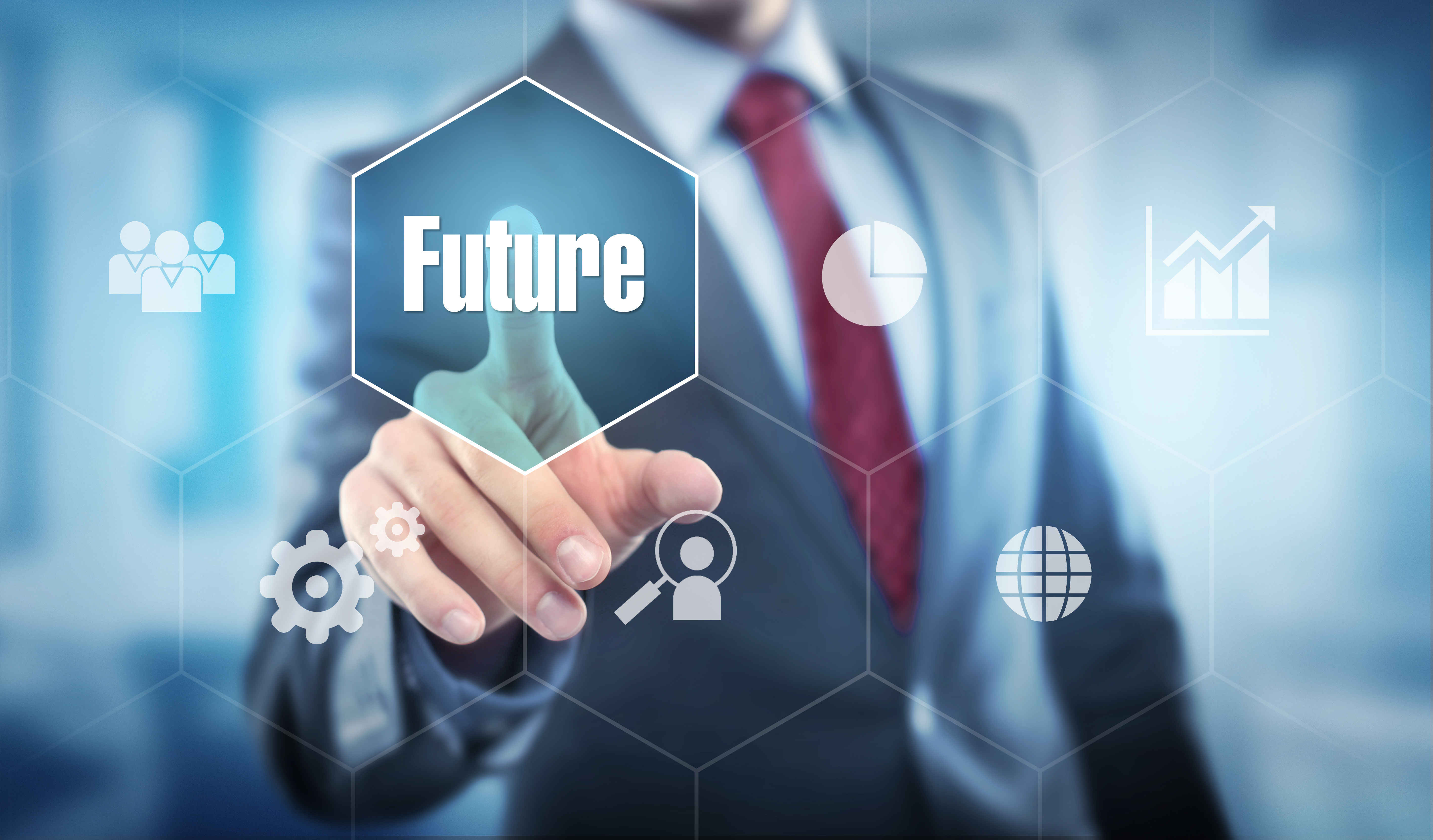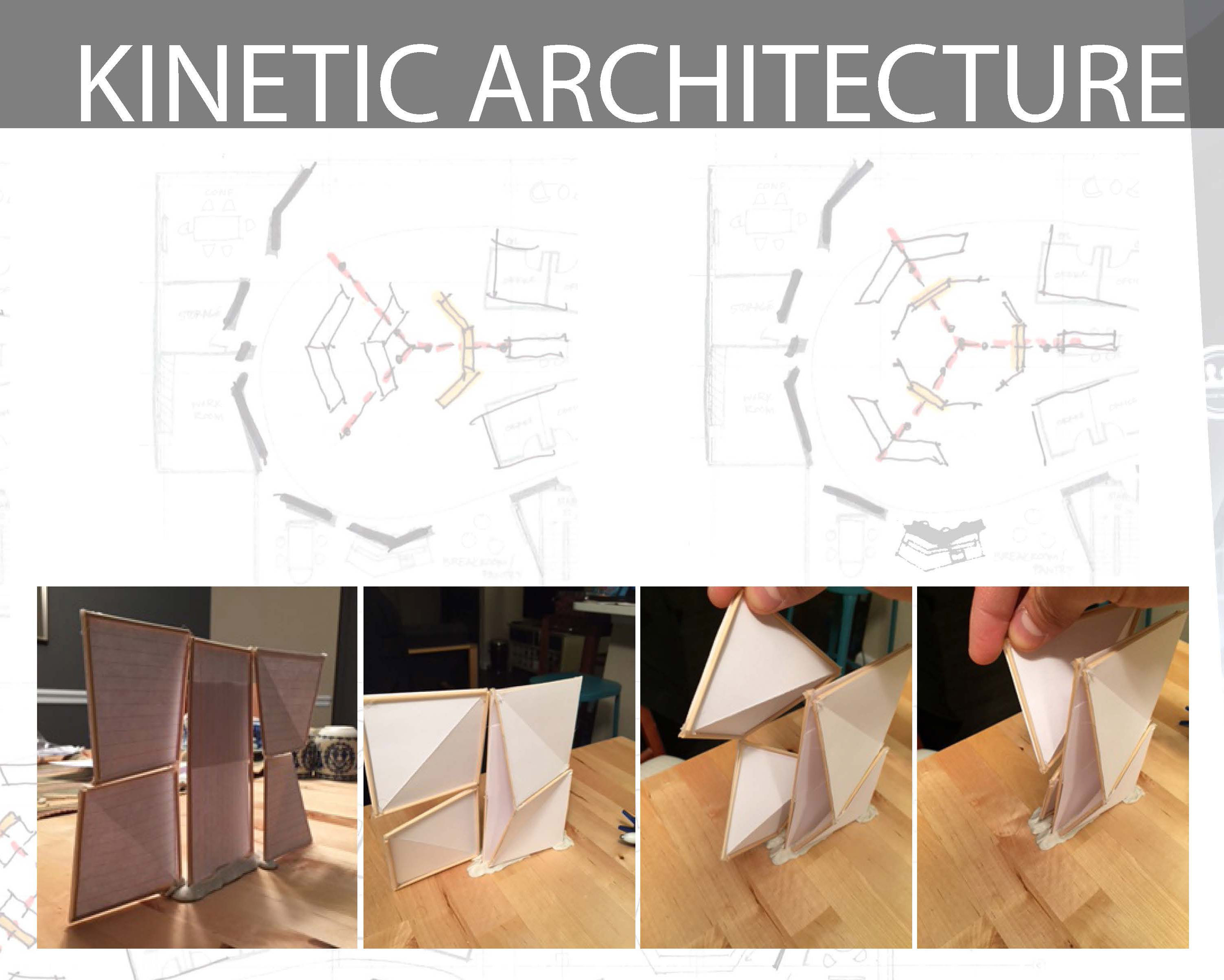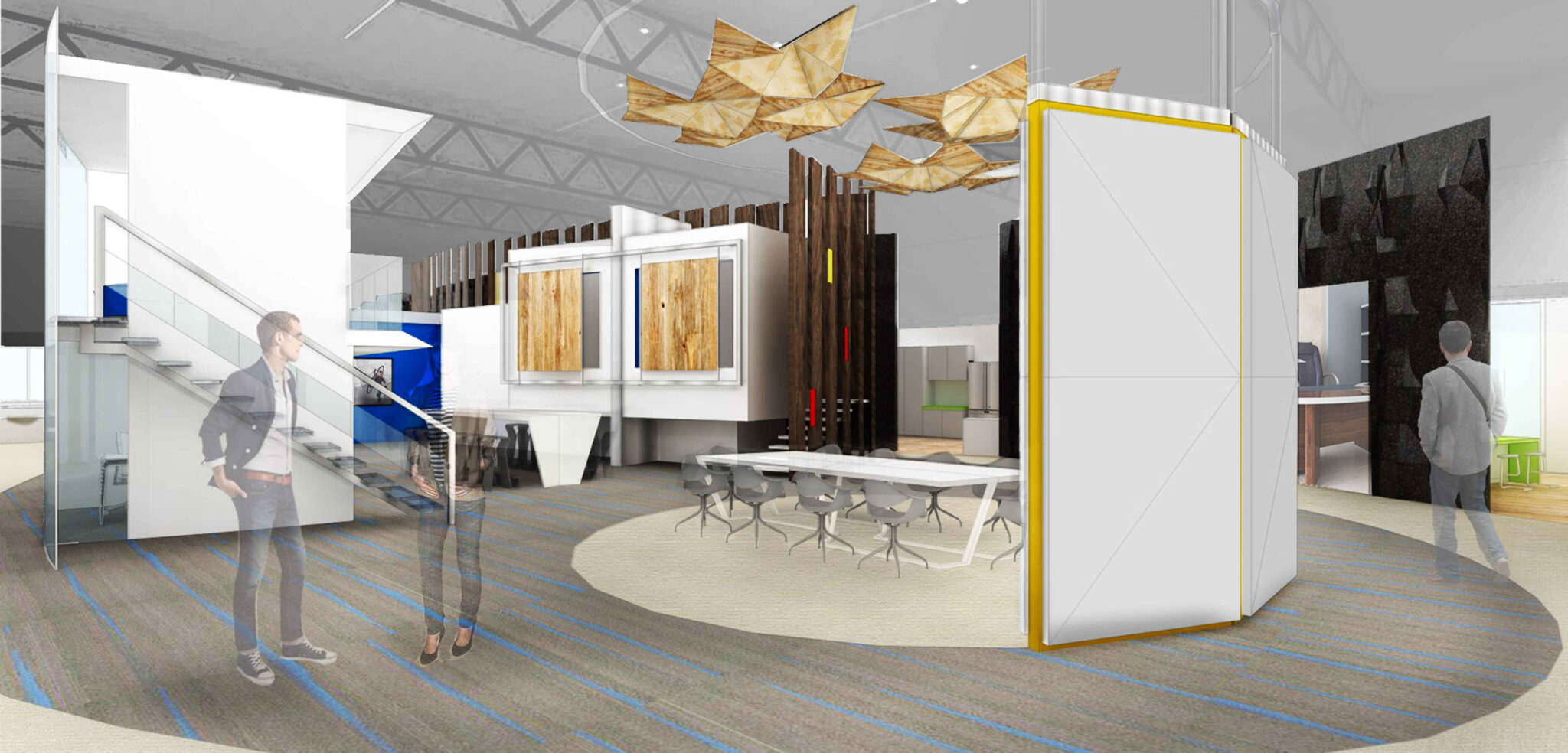Disruptors and Intrinsic Human Factors That Lead to New Design Solutions
By Enzo Marfella, Susan Pelczynski, Jill Switzer, Robyn Rubino, Zaw Latt & Meredith Goldberg
A few months ago, one of our clients approached us with a provocative request: “Help us envision the Office of the Future.” No parameters. No pre-conceived notions. Just an open invitation to see where this could go. In short, an architecture firm’s dream assignment.
We began by asking ourselves one question: What makes a space universally and timelessly appealing?
To answer that, The INTEC Group team had some light research to do, starting with the commonalities of the human condition. We were looking to identify what drives behavior and promotes a sense of safety, wellness, social interaction and community within an organization. We went back to our roots. What is intrinsic within our DNA that we need as humans in this world? What is our attachment to nature?

Those answers led to more questions, as we debated how to apply what we learned to the built environment. Can Biophilic design install calm, inspire, and create a visceral connection to our place of work? How open is too open? When do you need to be side by side and when do you need to be alone and in quiet spaces? Since we are biologically pre-wired to seek higher physical ground to scout out danger, would a higher vantage point or perspective change the sense of safety and therefore produce more ideas, better cognitive thinking, calmness, clarity?
We also looked at generational factors. Recent articles abound from Forbes, Smart CEO, and The Pew Research Center about the interaction of multiple generations in the workplace, which creates new challenges for how the office and organization functions. By sheer numbers, Millennials will affect the workplace of tomorrow. Many studies claim over 50% of the workforce will be made up of Millennials by 2020, just a few short years away. Yet, even as Millennials should be understood, other generations and workstyles and needs cannot be ignored. We asked more questions. What is the right ratio of open space to enclosed or private areas? When is it culturally okay to use those cool collaboration areas? And how can we enhance exposure to the one thing every generational cohort values – exposure to daylight.
Next, based on some concerning research, we shifted our focus to consider how the workplace can affect employee engagement. A Forbes Survey from 2014 revealed 87% of the workforce is disengaged at work. The implications are staggering, considering that the same study indicated that an engaged workforce and its correlated positive client interactions can result in 240% higher productivity over a disengaged workforce. So we asked ourselves, how can the work environment help people connect their contributions to the grander goals of the company they work for, keeping them motivated to achieve?
Of course, no serious consideration of employee engagement can be undertaken without studying technology’s role. Today, people have the ability (and would thus like the choice) to work anywhere, anytime. The knowledge worker of the future is technologically savvy, fluid in their work and personal time, and values functional space that allows them to concentrate when needed, but also connect and share with co-workers so they can leverage the brain trust of the team. The office of the future will have to allow employees to choose the best type of space for any given activity and foster relationships among the group.

Finally, there’s the notion of designing places that attend to the whole person. Rather than adhering to an old paradigm that people are more productive when work is the only focus of the workplace, we began to explore the need and ability to control comfort, acoustics, and other features which engage the senses; sight, sound, touch, and even smell are opportunities to design for the whole person.
With these very human commonalities and challenges in mind, we can arrive at design solutions that are at once more universally appealing and that can also be diversified for inspiring, healthy and transformative spaces that speak to the soul.
So what’s included in the Office of the Future? Read Part 2 next month to find out.
